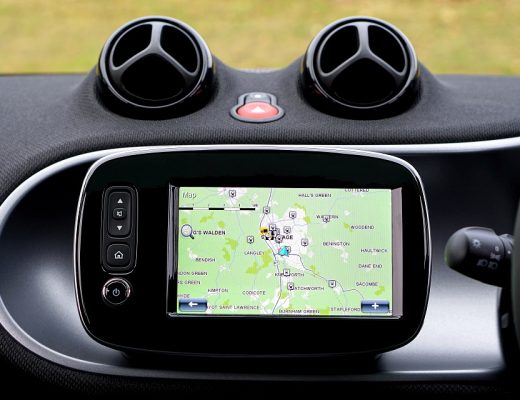If you’re taking on a construction project or need to lift heavy materials, equipment rentals like cranes can make the job exponentially easier. But with different crane types available, how do you know what’s best for your specific needs? This guide covers the most common crane rental categories from crane services, so you can select the perfect match.
Look Into Mobile Cranes For Their Power & Reach
Mobile cranes are truck-mounted and extremely versatile. They can move from location to location and boast some of the greatest power and reach capacities among rental cranes. This makes them ideal for constructing buildings, lifting materials to upper floors, and working at various sites. The tallest freestanding mobile cranes stand well over 250 feet tall yet compact into transport-friendly sizes.
Renting a larger mobile crane allows you to make fewer lifts per project. And their mobility means you can take on jobs in multiple locations without needing a separate rental or to buy cranes outright.
Consider Tower Cranes For Their Height & Lifting Capacity
Tower cranes offer the towering height needed for high-rise construction. Sections attach together to form cranes standing hundreds of feet tall when constructed. This vertical reach paired with excellent lifting capacity suit them for lifting concrete, steel, and other materials to great heights.
Their fixed location suits them best for single site projects like constructing one very tall building. Skilled crane operators can precisely swing loads into place, enabling excellent positioning accuracy. When your project involves constructing upwards rather than outwards, tower cranes are likely the best tool for it.
Turn To Rough Terrain Cranes For Their Versatile Mobility
The name says it all with rough terrain cranes. These cranes come equipped with specialty outriggers and suspension to traverse uneven construction zones while maintaining stability for safe lifting. This makes them ideal for sites with limited access, obstacles, or soft and uneven ground.
Rough terrain cranes are highly mobile despite their ability to take on rugged sites. They can self-transport between locations without needing separate hauling equipment. When you need power, reach, and mobility even when facing bumpy or uneven terrain, rough terrain cranes are often your best bet.
Leverage Loader Cranes For A Cross Between Lifting & Loading
As their name hints, loader cranes blur the line between cranes and wheel loaders. Much like wheel loaders, loader cranes utilize a front bucket and lift arm along with an attached telescopic boom crane capable of hoisting several tons. This allows them to lift, carry, and load materials in a single machine.
Their smaller size suits them extremely well for residential and commercial construction sites where space is limited. And their ability to operate as cranes and loaders empowers rapid cycles lifting, moving, and setting loads or materials continuously. When your project fits in tight spaces and requires versatility, loader cranes help get it done.
Pick Telehandlers For Lift Height, Portability, & Safety Features
At a quick glance, you may mistake telehandlers for forklifts sporting extending booms. Also referred to as telescopic handlers, they can lift loads to heights over 40 feet. But they also utilize a strong forward-reaching forklift arm giving them dual lifting capabilities.
Modern telehandlers include driving and lifting safety features to prevent rollovers and accidents. Their smaller footprint allows excellent maneuverability even when space is tight. And they lift and transport building materials, tools, and other objects quickly across sites. If your rental needs call for dual lifting versatility, power, and mobility, telehandlers make an excellent choice.
Determine Which Crane Rental Suits Your Site & Lifting Needs
With cranes leveraging different designs and strengths, it pays to understand their variations so you can select your best match. Tower and mobile cranes reach incredible heights for pouring concrete and working on high rises while rough terrain cranes traverse unimproved job sites. Loader cranes multitask across lifting and loading needs whereas telehandlers provide excellent versatility for construction and other material handling needs.
Know your site conditions, project plans, and lifting requirements at hand. This helps you determine which crane rental provides the ideal lifting capacities, height reach, terrain accessibility, and versatility needed to keep your project on track.







No Comments